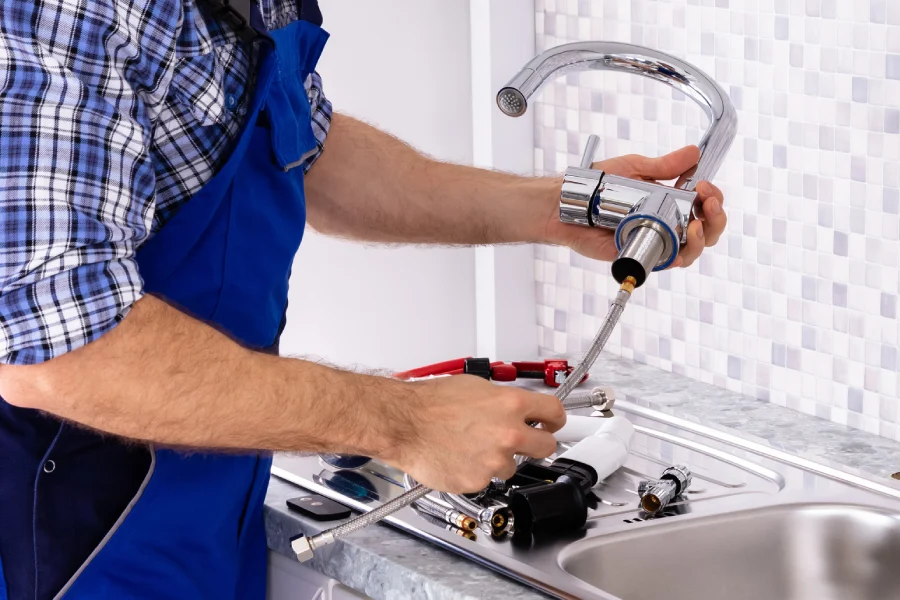Effective Faucet Setup to Prevent Leaks
Proper faucet setup is essential for a leak-free home. An incorrectly installed faucet can lead to water damage, increased utility bills, and unexpected repair costs. Understanding the significance of sealing and securing faucets during installation not only enhances their performance but also ensures longevity. In this guide, I will explore the critical steps and benefits of a properly sealed faucet.
Why Proper Sealing Matters
Sealing a faucet properly is crucial to prevent water from leaking around the sink area. Unsealed connections can cause leaks that may lead to mold growth and structural damage over time. Ensuring an airtight seal with quality materials keeps water within the intended channels, saving you from potential costly repairs and maintenance.
Risks of Poor Securing Techniques
Ineffectively secured faucets can wobble or shift over time, leading to joint misalignment and eventual leakage. This instability can create gaps for water to seep through, compounding moisture issues beneath sinks or countertops. Adequate tightening of fittings and use of appropriate tools during faucet installation are key preventive measures.
Steps to Correctly Seal Faucets
Following the right process for sealing faucets ensures long-term efficiency. Begin by cleaning all surfaces thoroughly to remove debris and old sealants. Apply a high-quality plumber’s putty or silicone around the base before inserting it into place. Then, secure the fasteners tightly to ensure stability without over-tightening, which could crack fixtures.
- Clean surface areas before application
- Use plumber’s putty or silicone
- Tighten fasteners firmly but gently
Understanding Common Installation Challenges
One primary challenge during faucet installation is ensuring compatibility with existing plumbing systems. Mismatched sizes or types of connectors can disrupt water flow or cause leaks. Additionally, limited access in tight spaces can hinder proper tool usage, complicating the installation process further. Knowing these challenges aids in better preparation.
Best Practices for Ensuring Reliable Fixtures
To maintain long-lasting faucet functionality, follow industry best practices. Firstly, select faucets compatible with your sink’s design and space constraints. Secondly, use recommended installation tools to avoid damaging components. Lastly, conduct routine inspections for any signs of wear and address them promptly to prevent escalation.
- Select compatible fixtures
- Employ correct tools during setup
- Inspect regularly for wear
Industry Standards in Fixture Installations
Adhering to industry standards ensures that your installations meet safety and efficiency benchmarks. These standards often include guidelines on water pressure levels, material integrity checks, and correct angles for fixture placement. Staying updated on these regulations guarantees compliance and optimizes the longevity of your installations.
Evaluating Costs Associated With Installation
The cost of faucet installation varies based on several factors, including fixture type, labor charges, and additional parts needed for compatibility adjustments. While investing in professional services may seem costly upfront, it often results in fewer maintenance issues down the line. A well-installed faucet saves money by minimizing future repairs.
Your Next Steps With Expert Assistance
For peace of mind with your faucet needs, consider reaching out to MDJ Plumbing Services today at (720) 360-5592. Located in Commerce City, CO, I offer professional guidance and installation services tailored to your requirements. Whether it’s new fixtures or maintenance advice, I’m here to help ensure your home remains leak-free and efficient.

